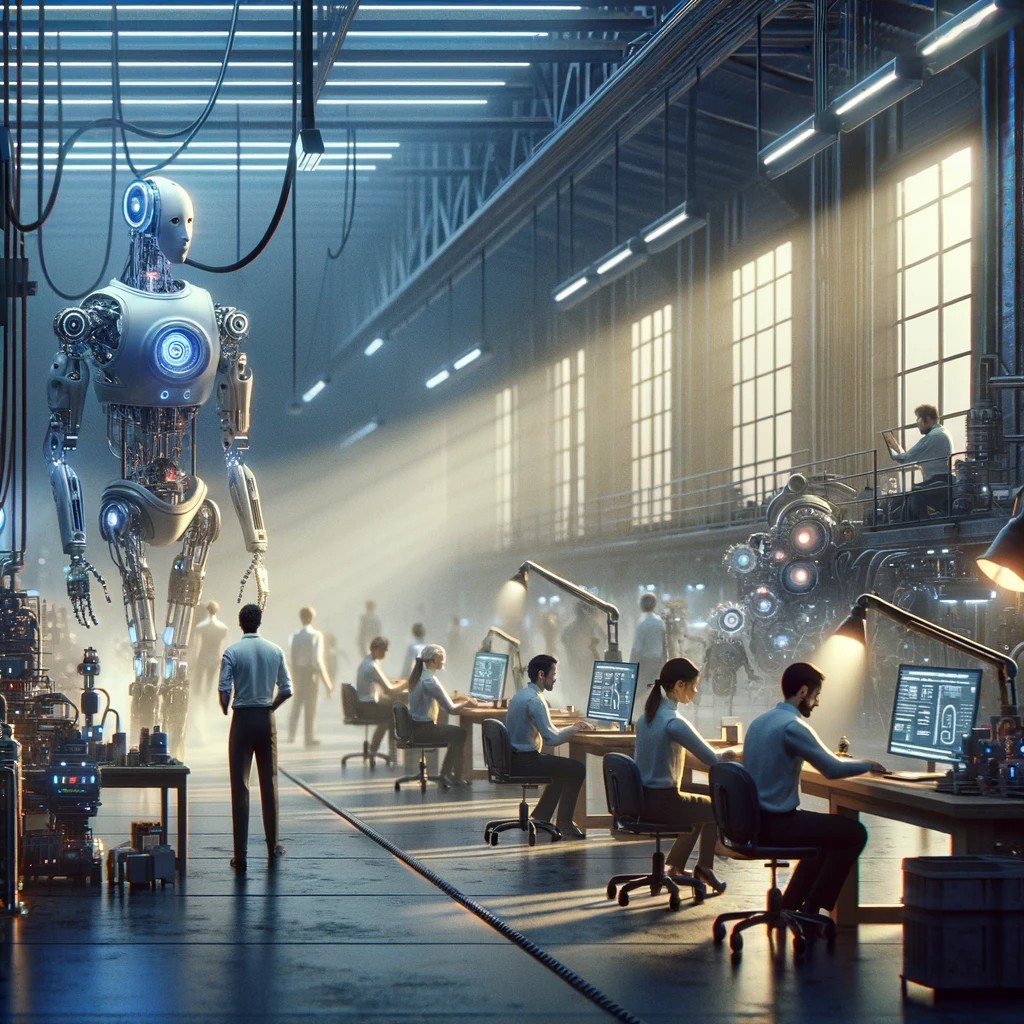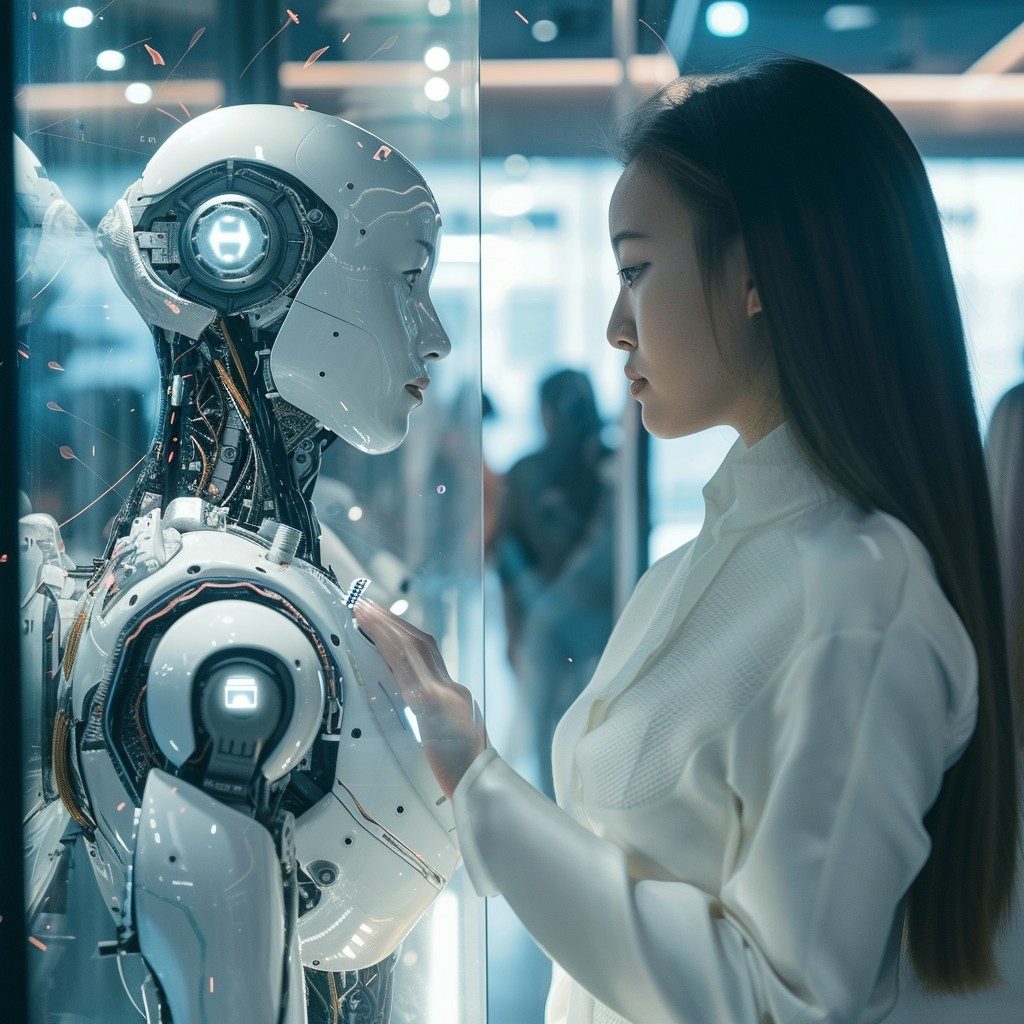Amid growing concerns over the potential job displacement caused by artificial intelligence (AI), a recent study from MIT’s Computer Science and Artificial Intelligence Lab sheds light on the economic realities of AI’s impact on jobs and its adoption. Contrary to widespread fears, the research suggests that while AI has the capability to replace human workers in various sectors, the transition is expected to be gradual rather than immediate, offering policymakers and businesses a window to navigate the evolving landscape of work.
Unveiling the economic realities
The study conducted by researchers at MIT’s Computer Science and AI Lab delves into the impact of AI on the labor market, particularly focusing on the feasibility of automating jobs vulnerable to AI intervention. Through extensive analysis, the researchers reveal that despite the technological potential, the economic viability of replacing human workers with AI remains limited. Only a fraction of jobs deemed susceptible to automation—approximately 23%—are currently deemed cost-effective for employers to automate.
Neil Thompson, director of the future tech research project at MIT’s Computer Science and AI Lab, emphasizes the importance of understanding the economics behind AI implementation. He underscores that while AI presents opportunities to streamline tasks, the decision to replace human workers must be weighed against economic factors. Drawing parallels to past technological disruptions, Thompson highlights the gradual nature of AI’s impact on jobs, likening it to previous shifts from agricultural to manufacturing economies.
Navigating the transition amid AI’s impact on jobs
The discoveries unveiled in the MIT study furnish invaluable perspectives for policymakers and businesses contending with the multifaceted ramifications of artificial intelligence (AI) on the labor landscape. Through furnishing a meticulous quantitative comprehension of the temporal dynamics surrounding job displacement, this research empowers stakeholders to craft precise and effective strategies to navigate the complexities engendered by the integration of AI.
Given the stark revelation that approximately 40% of occupations worldwide are susceptible to the influence of AI, proactive initiatives such as the establishment of robust social safety nets and the implementation of comprehensive retraining programs are unequivocally regarded as imperative measures to ameliorate disparities and provide requisite support to impacted workers.
Amidst the escalating discourse surrounding artificial intelligence (AI) and its far-reaching effects on employment, the MIT study emerges as a beacon of nuanced insight into the forthcoming landscape of labor. Through its illumination of the economic actualities inherent in the integration of AI and its emphasis on the incremental nature of job displacement, the research catalyzes profound inquiries into the most effective pathways for societies to traverse this transformative juncture.
As policymakers and businesses grapple with the multifaceted challenges posed by this paradigm shift, the foremost imperative lies in the prioritization of strategies aimed at ensuring a just and equitable transition for workers within the burgeoning era of AI. How might societies adeptly harness the potential of AI while steadfastly guarding against its deleterious impacts on employment and livelihoods?





